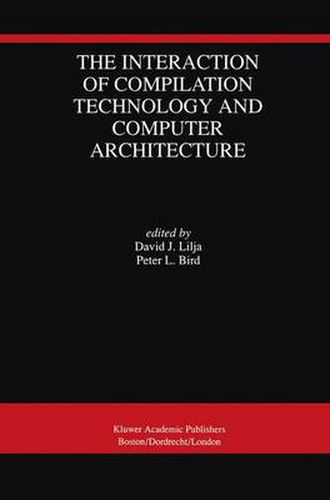Readings Newsletter
Become a Readings Member to make your shopping experience even easier.
Sign in or sign up for free!
You’re not far away from qualifying for FREE standard shipping within Australia
You’ve qualified for FREE standard shipping within Australia
The cart is loading…






This title is printed to order. This book may have been self-published. If so, we cannot guarantee the quality of the content. In the main most books will have gone through the editing process however some may not. We therefore suggest that you be aware of this before ordering this book. If in doubt check either the author or publisher’s details as we are unable to accept any returns unless they are faulty. Please contact us if you have any questions.
In brief summary, the following results were presented in this work: * A linear time approach was developed to find register requirements for any specified CS schedule or filled MRT. * An algorithm was developed for finding register requirements for any kernel that has a dependence graph that is acyclic and has no data reuse on machines with depth independent instruction templates. * We presented an efficient method of estimating register requirements as a function of pipeline depth. * We developed a technique for efficiently finding bounds on register require ments as a function of pipeline depth. * Presented experimental data to verify these new techniques. * discussed some interesting design points for register file size on a number of different architectures. REFERENCES [1] Robert P. Colwell, Robert P. Nix, John J O'Donnell, David B Papworth, and Paul K. Rodman. A VLIW Architecture for a Trace Scheduling Com piler. In Architectural Support for Programming Languages and Operating Systems, pages 180-192, 1982. [2] C. Eisenbeis, W. Jalby, and A. Lichnewsky. Compile-Time Optimization of Memory and Register Usage on the Cray-2. In Proceedings of the Second Workshop on Languages and Compilers, Urbana l/inois, August 1989. [3] C. Eisenbeis, William Jalby, and Alain Lichnewsky. Squeezing More CPU Performance Out of a Cray-2 by Vector Block Scheduling. In Proceedings of Supercomputing ‘88, pages 237-246, 1988. [4] Michael J. Flynn. Very High-Speed Computing Systems. Proceedings of the IEEE, 54:1901-1909, December 1966.
$9.00 standard shipping within Australia
FREE standard shipping within Australia for orders over $100.00
Express & International shipping calculated at checkout
This title is printed to order. This book may have been self-published. If so, we cannot guarantee the quality of the content. In the main most books will have gone through the editing process however some may not. We therefore suggest that you be aware of this before ordering this book. If in doubt check either the author or publisher’s details as we are unable to accept any returns unless they are faulty. Please contact us if you have any questions.
In brief summary, the following results were presented in this work: * A linear time approach was developed to find register requirements for any specified CS schedule or filled MRT. * An algorithm was developed for finding register requirements for any kernel that has a dependence graph that is acyclic and has no data reuse on machines with depth independent instruction templates. * We presented an efficient method of estimating register requirements as a function of pipeline depth. * We developed a technique for efficiently finding bounds on register require ments as a function of pipeline depth. * Presented experimental data to verify these new techniques. * discussed some interesting design points for register file size on a number of different architectures. REFERENCES [1] Robert P. Colwell, Robert P. Nix, John J O'Donnell, David B Papworth, and Paul K. Rodman. A VLIW Architecture for a Trace Scheduling Com piler. In Architectural Support for Programming Languages and Operating Systems, pages 180-192, 1982. [2] C. Eisenbeis, W. Jalby, and A. Lichnewsky. Compile-Time Optimization of Memory and Register Usage on the Cray-2. In Proceedings of the Second Workshop on Languages and Compilers, Urbana l/inois, August 1989. [3] C. Eisenbeis, William Jalby, and Alain Lichnewsky. Squeezing More CPU Performance Out of a Cray-2 by Vector Block Scheduling. In Proceedings of Supercomputing ‘88, pages 237-246, 1988. [4] Michael J. Flynn. Very High-Speed Computing Systems. Proceedings of the IEEE, 54:1901-1909, December 1966.